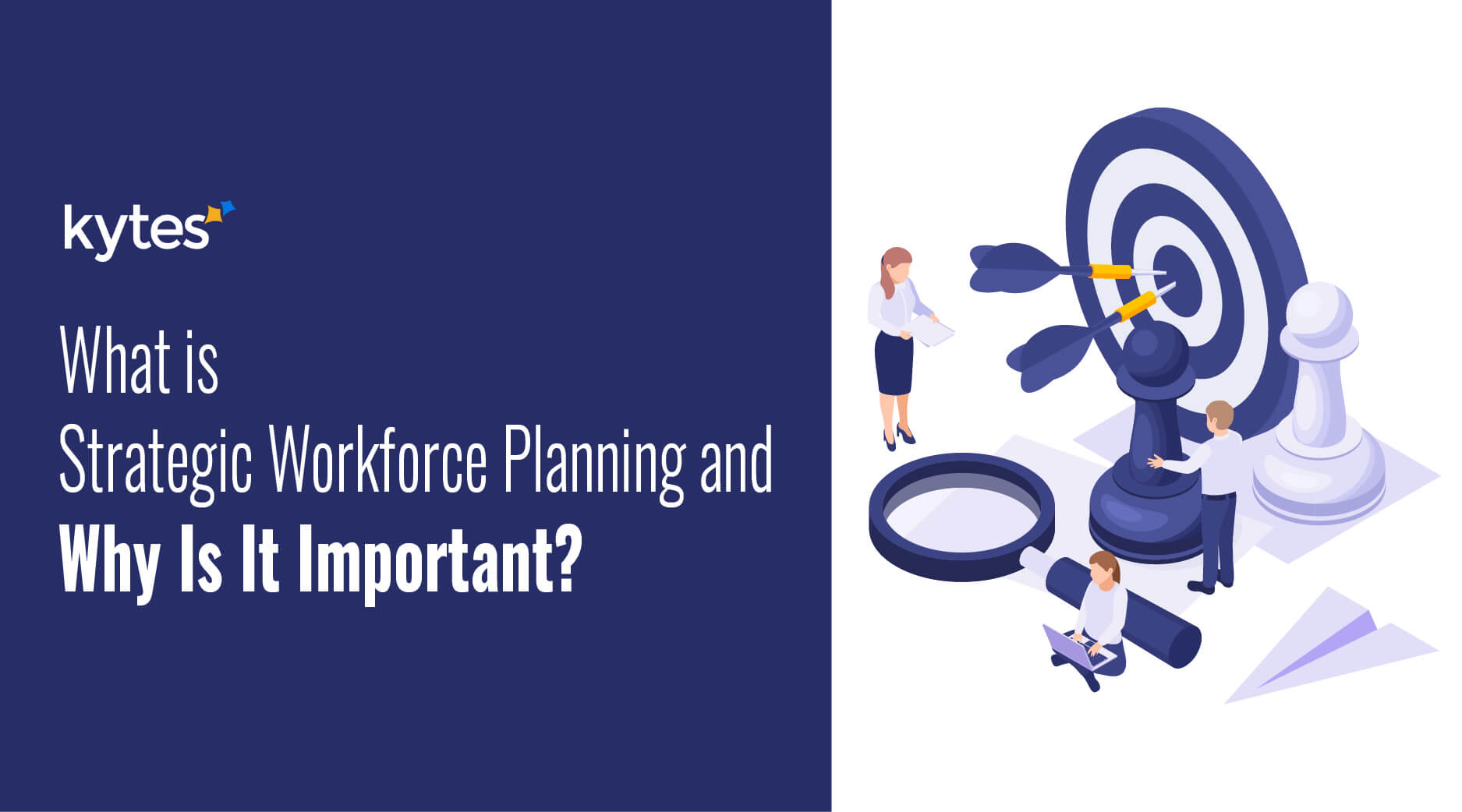Keeping your gunpowder dry
| At a glance · The goal · Questions that need to be asked and answered · What strategic workforce planning is · The benefits · The tools you will need if you have 100s or 1000s of people |
Your goal is to keep your workforce -your most important strategic asset – battle ready. It’s like keeping your gunpowder dry! Having enough of it and keeping it loaded.
Your company competes in the market. You must overcome competition. You have to deal with shifts in business environments. But in reality, it is busier in dealing with internal challenges of protecting project margins, employee productivity, and attrition. Your workforce throws up challenges, but it also can provide capabilities to overcome them.
This exercise aims to provide the right kind of talent, in the right numbers, and at the right time to meet your business plan. It has to be done over rolling windows of months, quarters, and years.
The strategic exercise involves asking questions and finding their answers. There are many clusters of these questions.
The work cluster questions
What kind of work is taking place in your organization today and how will it change tomorrow? What is your business? Which domains are important for your business? Which industry segments? What is the nature of your contracts with the customers? Which regions will you be present in? Which technologies will you need?
There are questions at a more granular level. What tasks will need to be performed? Which skills and competencies will be required for the tasks? Which attitudes and values employees will need to have? How many people will you need? How much will they cost?
Naturally, all the above questions need to be answered in the context of your business plan.
The talent cluster questions
The questions in this cluster are about your talent pool. How many people do you have that possess the requisite qualifications, experience, skills, and competencies? What are their costs? What are their productivity levels?
The strategic workforce planning
Your answers to the questions in the above clusters will provide the net requirement of people with various profiles. It is a dynamic exercise that spans over rolling windows of coming months and quarters and years, You can then find the gaps in your talent pool.
The gaps in your talent tool will tell you which HR interventions are needed. You can plan training programs, job rotations, and recruitments based on the above exercise.
Why is it important?
The benefits of strategic workforce planning show why you need to undertake strategic workforce planning exercises at regular intervals.
The benefits are
- Employee cost optimization
- Reducing lost-opportunity costs
- Higher employee productivity and morale
- Lower attrition
- Improved customer satisfaction
It’s unwieldy without the right tools
If you have 100s or 1000s of people and If you rely on spreadsheets for doing this critically important exercise it can be a costly mistake. Firstly, it can become very unwieldy due to versions of spreadsheets as your management team works and collaborates. Secondly, it needs to be done periodically with changed base conditions like needed skill sets or the nature of contracts.
It should be obvious that you need to digitalize your business workflows. You need to have common repositories of information. A well-conceived Professional Service Automation software platform is what you need now.
Kytes Professional Services Automation (PSA) software is a powerful solution that helps you keep your gunpowder dry. Please contact us for a demo at [email protected]




